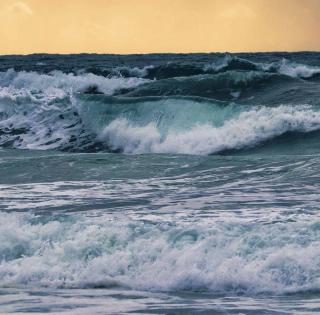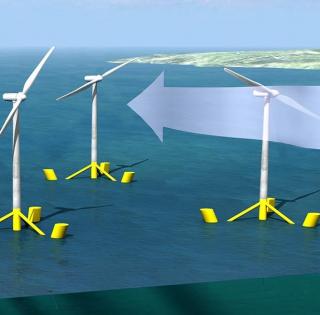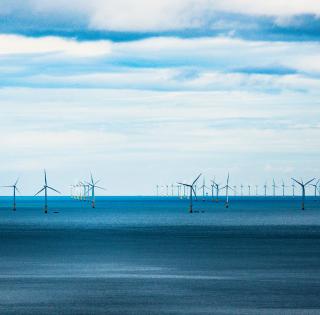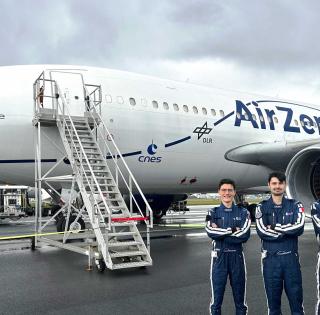
Why did you choose ENSTA Bretagne and its "Observation Systems and Artificial Intelligence" (SOIA) major?
I chose ENSTA Bretagne for its general engineering dimension. I've always loved working with numbers, quantifying events, etc., in other words, anything to do with data science. So I naturally turned to the digital field and opted for the SOIA major, which opens the door to a wide range of business sectors. It can be used in the medical, transport and finance fields and many others.
Have you had any international experience in your career?
I did my second-year internship in a public service laboratory in Liège, Belgium. We were a small team of 7 people, mainly geographers and agronomists, to whom I was able to contribute my expertise in statistics and mathematics.
We worked together on CASMATTELE, a project to characterize roofing materials. Using Artificial Intelligence methods, we were tasked with identifying roofing materials from aerial images, in order to determine whether asbestos was present.
We were fortunate enough to present our work at conferences across Europe. I have very fond memories of this experience. I met some fascinating people and really enjoyed the city of Liège, which is very pleasant and culturally wide-ranging.
Can you name one of your favorite school projects?
In 2021, we were fortunate enough to take part in the "Géopolitiques de Brest" symposium that brought together several of Brest's leading higher education institutions (including the UBO, Ecole Navale and ENSTA Bretagne). As a group, we carried out research on the topic of "China and the Polar Regions". I was already interested in the polar areas, and this project drew my attention to subjects that we don't usually study on our scientific courses.
What did your end-of-study project involve?
My end-of-study project focused on the acoustic detection of polar cyclones. These are lows in the North Atlantic Ocean and Arctic seas. These meteorological phenomena still pose the scientific community many questions. Being able to detect them early enough would allow coastal populations to be alerted as to the arrival of one of these storms.
Why did you decide to pursue your thesis?
I'm continuing my studies with a thesis at the CEA in conjunction with ENSTA Bretagne and IUEM on the propagation of acoustic waves in water.
My work involves detecting underwater sounds from a variety of sources, including earthquakes, glacier creaks and marine mammals. (e.g. OSMOSE project).
The thesis allows me to continue to learn in intellectually stimulating fields, namely the environment and statistics. Ultimately, my ambition is to pursue a career in research in support of public authorities.
What opinion do you have of the course you took?
ENSTA Bretagne offers a course of excellence.
At the start of the engineering course, we're all together, following the same core curriculum. As you progress through majors, internships and projects, you then acquire specific skills. At the end of the course, we all have a different profile. It's really rewarding to see all this diversity!
Do you have any advice for students new to the school?
Try something new! You need to be curious. When we join the school, while we don't have the answers right away, we build them up gradually. Our teachers are always present and give us good advice in this diversity!










